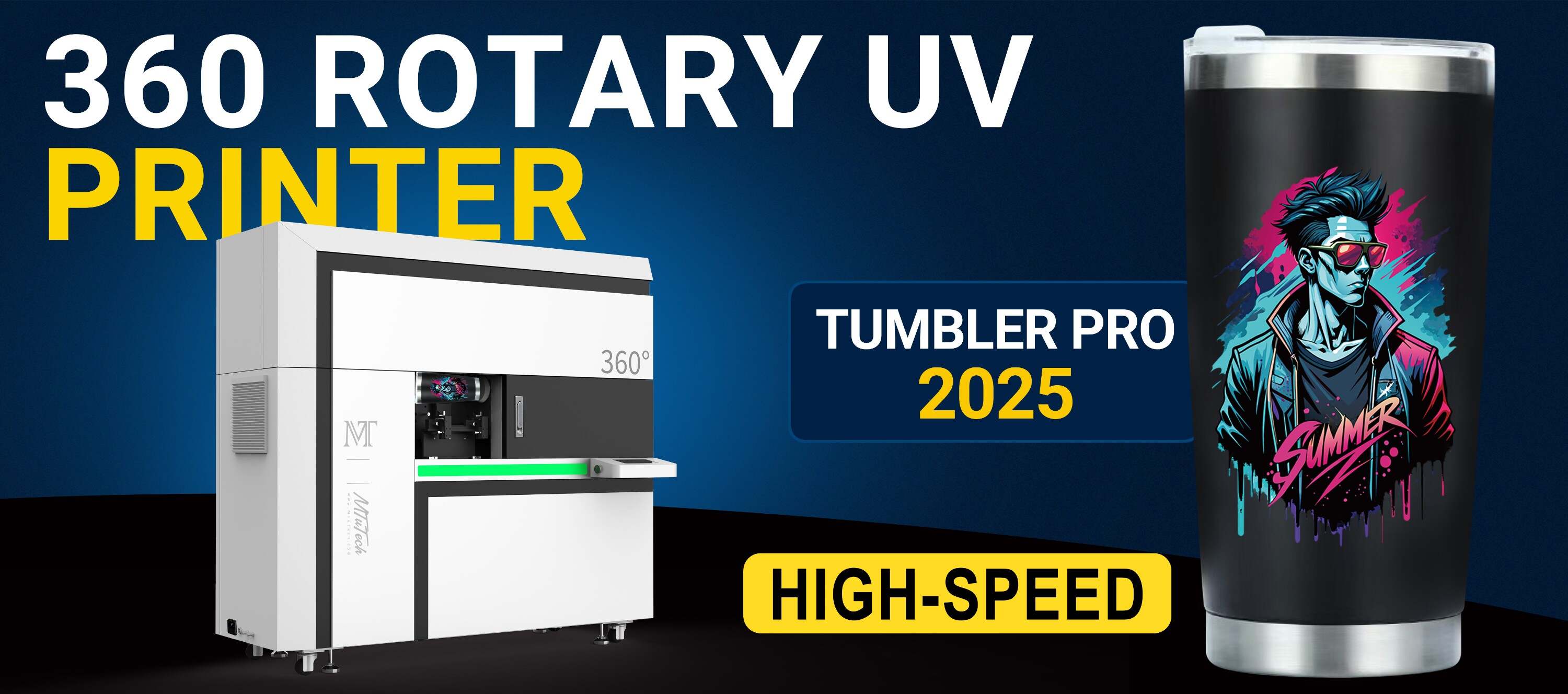How to Build a Print Portfolio Featuring Cylindrical Products
Introduction
In today’s competitive market, having a diverse and visually striking print portfolio is essential for any business, especially those that specialize in cylindrical products such as bottles, cans, and custom packaging solutions. Your print portfolio not only showcases your work but also serves as an effective marketing tool that can attract potential clients. In this blog post, we will explore the steps to build a captivating print portfolio that highlights your skills and expertise in cylindrical printing.
Understanding Cylindrical Printing
Cylindrical printing involves applying graphics to cylindrical surfaces. This technique is commonly used for products like:
·
Bottles (glass, plastic, metal)
·
·
Cans (beverage cans, food packaging)
·
·
Tumblers and mugs
·
·
Custom packaging
·
With advancements in technology, such as the advent of high-quality cylindrical printers, businesses are now able to produce intricate designs on a variety of materials, enhancing their product offerings and customer engagement.
Benefits of a Print Portfolio
Creating a print portfolio specifically focused on cylindrical products comes with several advantages:
·
Showcase Your Unique Selling Proposition: Your portfolio is an opportunity to highlight what makes your products unique.
·
·
Diverse Display of Skills: A well-rounded portfolio can demonstrate your capabilities across different techniques, materials, and product types.
·
·
Enhance Brand Recognition: Consistent presentation of your brand across various products can strengthen brand identity.
·
Steps to Build Your Print Portfolio
1. Define Your Target Audience
Before compiling your portfolio, it’s essential to identify who your target audience is. Are you aiming to attract retail businesses, corporate clients, or individual consumers? Understanding your audience will help tailor your portfolio to their needs and preferences.
2. Gather Your Best Work
Your portfolio should feature high-quality images of your best work. Consider the following when selecting pieces:
·
Choose a variety of products that showcase different designs and printing techniques.
·
·
Highlight unique and high-demand items to attract interest.
·
·
Ensure the images are high resolution to maintain quality when viewed in print or digitally.
·
3. Create a Compelling Layout
A well-structured layout enhances the overall presentation of your portfolio. Consider employing these design principles:
·
Consistent Branding: Use colors, fonts, and logos that match your brand identity.
·
·
Clear Organization: Group similar products together and consider categorizing by types (e.g., bottles, cans, custom prints).
·
·
High-Quality Imagery: Invest in professional photography that captures your cylindrical products attractively.
·
4. Provide Detailed Descriptions
Alongside images, provide descriptive text that explains each piece. Include important details such as:
·
Materials used
·
·
Printing techniques employed
·
·
Client feedback or case studies if applicable
·
·
Challenges overcome during the production process
·
Detailed descriptions can offer clients insight into your creative process and the value of your work.
5. Incorporate Client Testimonials
Adding testimonials from satisfied clients can add credibility to your portfolio. Consider reaching out to previous customers for feedback and permission to use their comments. Highlight notable achievements, such as:
·
Increased sales after product launch
·
·
Successful promotional campaigns utilizing your printed products
·
6. Showcase Diversity in Methods
Depending on your capabilities, showcase the range of printing techniques you offer, such as:
·
UV printing
·
·
Screen printing
·
·
Label printing
·
Demonstrating diverse methods can appeal to a broader audience and indicate your versatility.
7. Update Regularly
Your portfolio should be a living document that evolves over time. Regularly update it with new projects, updated designs, and recent testimonials. This shows prospective clients that you are active and engaged in the industry.
8. Provide Contact Information
Ensure your portfolio includes up-to-date contact information. Make it easy for potential clients to reach you by providing:
·
A professional email address
·
·
A phone number
·
·
Links to your social media profiles
·
Digital vs. Print Portfolio
Consider whether you want your portfolio to be digital, print, or both. Each format has its advantages:
·
Digital Portfolio: Easier to share, can include multimedia elements (like videos), and is accessible from anywhere.
·
·
Print Portfolio: Offers a tactile experience and can create a strong first impression during meetings or trade shows.
·
Choosing a combination of both can maximize your outreach and engagement with clients.
Conclusion
Building a print portfolio focusing on cylindrical products requires careful thought, creativity, and attention to detail. By following the steps outlined in this guide, you’ll create an impressive collection that effectively showcases your work and attracts potential clients. Remember to keep it updated, maintain strong branding, and prioritize high-quality images to leave a lasting impression. Whether you are just starting or looking to refresh your existing portfolio, these strategies will help you stand out in the competitive market of cylindrical product printing.
FAQ
What types of cylindrical products can be printed?
Common cylindrical products include bottles, cans, mugs, and custom packaging. The printing techniques used can vary based on the material and desired outcomes.
How often should I update my print portfolio?
It is advisable to update your print portfolio regularly, ideally every few months, to reflect new projects, client feedback, and emerging trends in cylindrical printing.
Is a printed portfolio necessary in addition to a digital one?
While a digital portfolio may suffice for online presentations and communications, a printed portfolio can create a strong impression during in-person meetings or at trade shows, showcasing your work in a tactile way.
Can I use customer testimonials in my portfolio?
Yes, including customer testimonials can enhance your portfolio’s credibility and help prospective clients understand the value of your work. Always seek permission from clients before using their feedback.

